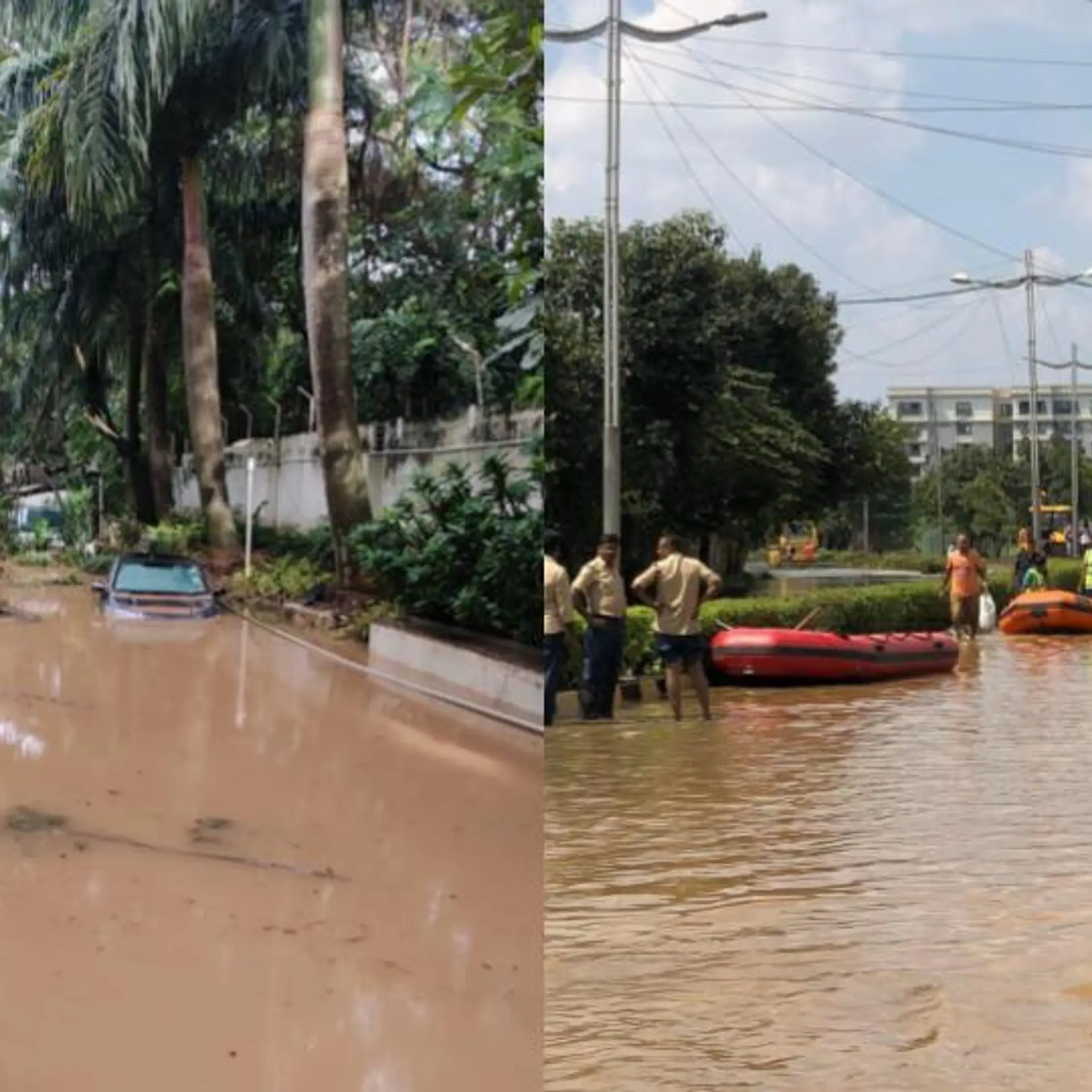[Guest Post]: State of Education in India
Tuesday April 01, 2008 , 4 min Read
Editor’s note: The following post is from Siksha.org’s blog (you can read more of their posts here), a peer to peer underwriter of annual, renewable, need-based scholarships and loans. Two of the co-founders Neil Patel and Kushal Chakrabarti have come to ThinkChange India as guest bloggers to lend their expertise in the area of education and socially innovative ways to approach it. The importance of education and its link to fostering a society of social entrepreneurs cannot be understated, and so we at ThinkChange India believe that such unique content will be critical to forming a better informed readership community.
From time to time, I get reminded of the remarkable size and scale at which education operates in India. World-wide, it is unparalleled. Roughly a million schools throughout the country serving nearly half a billion kids! With numbers this astronomical, it’s very easy to get hypnotized by the sheer scale, especially when looking at the problems. I feel that this tends to encourage a macro-level or top-down approach to solutions, which often end up being out of touch or misdirected.
This comes to my mind when I read stories such as this one from the New York Times. The article describes a government school in Lahtora (rural Bihar) where there are myriad barriers to delivering quality education. The result is very poor achievement by students.
Among children in fifth grade, 4 out of 10 could not read text at the second grade level, and 7 out of 10 could not subtract
Interestingly, the report found that a lack of financial resources was not a significant bottleneck to the school’s improvement in quality. It was noted that in fact money is there, and will be increasingly so as the Indian government looks to triple its investment over the next five years. The actual problems were more social, and less financial: unmotivated and unqualified teachers, inefficient bureaucratic process, and weak family support for education (sometimes out of necessity, but often not). These sort of problems may go unaddressed if you remain at the macro view, which tends to result in simply throwing money at the problem. Amardeep points out how we often get so caught up in the numbers view that we forget what they mean, like praising an improvement in teacher attendance from 38% in 2003 to 53% in 2007. This is nice, but teachers are still only showing up half the time!
Another thing that really stood out for me from the article was how the stakes are so high with education in poor, rural areas. In a very real sense, education is the only shot for the rural youth to uplift themselves. Missing the boat in providing a quality education is huge: “If we wait another 5 or 10 years, you are going to lose millions of children”, says Rukmini Banerji of Pratham. Picturing the “stick-thin, bright-eyed children [who] trickle into school every morning and take back so little”, I find it sad how we lose sight of the struggles of government schoolchildren in all the high talk of world-class technical universities and a reputation for advanced educational technique.
To a great extent, this is what I love about what we are trying to do with Siksha. Instead of working at the macro, numbers-driven view, we are focusing on a single student. This is small, but this is also human. While our tool is the same (financial support), reorienting towards the small gives us a different window that does not obscure the problems. For example, if we give a scholarship to a student and we receive updates that he is struggling with his work partly due to an inexperienced teacher, we will notice it! Maybe we can extend Siksha to offer grants for that teacher to get the necessary training to do a better job ?
The article references an excellent survey on Indian education by Pratham, which is worth checking out. Incidentally, Pratham recently was given $2M as a google.org grantee to continue their work studying the Indian education system.






